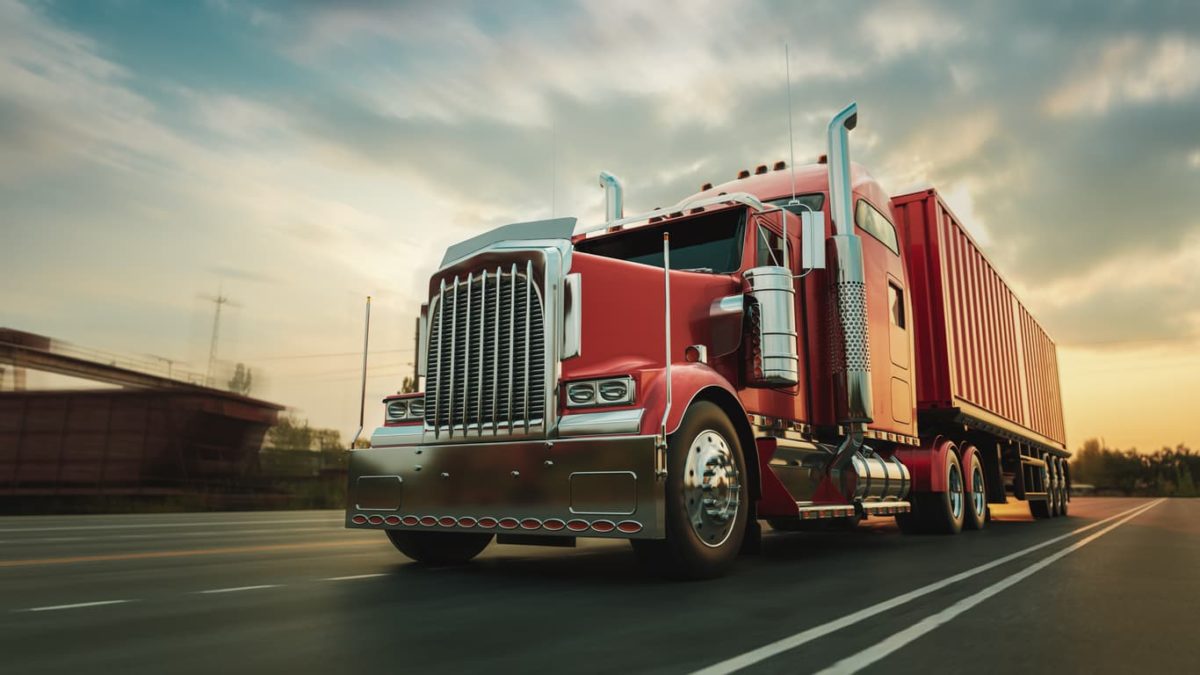
Thanks to its convenience and accessibility, e-commerce’s boom over the past few decades has changed many facets of life, including the way we shop, spend, live, and generally go about our day-to-day lives.
The rapid rise of e-commerce (electronic commerce) also affects nearly every industry. While e-commerce has impacted many industries in expected ways, other impacts may not be as apparent at first glance. The trucking industry is one example of an industry that has felt this impact.
As challenges and opportunities continue to present themselves within the trucking industry, there is one guarantee: the industry as a whole will need to remain adaptive in its operations as e-commerce continues to revolutionize spending and shopping.
Growth of E-Commerce and Its Impact on the Trucking Industry
The American Transportation Research Institute (ATRI) has extensively studied the rise of e-commerce. E-commerce growth findings from their published research include:
- E-commerce sales increased from less than 1% of total retail sales in the United States to over 9% between 1999 and 2017
- 2,130 department stores went out of operation between 2015 and 2017
- The e-commerce growth rate has consistently ranged between 13% and 16% annually which is sharply contrasted by traditional retail sales growth of 1% to 5%
- In 2017, there were over 16,000 non-store retail establishments since 2001
Furthermore, the ATRI’s research showed a direct impact on the trucking and freight industry. As the trucking industry provides critical links between retailers and consumers and seeks to accommodate shorter delivery windows and white glove delivery service, it has had to rapidly adapt to these new needs:
- The use of trucks without a detachable trailer grew by 7.8% from 2007 to 2016
- The largest class of distribution centers more than doubled in size over 10 years – last-mile fulfillment centers alone comprised 73% of the industrial real estate market in 2017
- Since 2007, FedEx Ground doubled its number of owner-operated vehicles and has more than doubled its number of trailers
- UPS increased its fleet size by 19% since 2007
Key Issues in the Trucking Industry
The pressure to shorten delivery windows, increase load weights, and in general keep up with e-commerce growth has led to a wealth of both opportunities and challenges for the trucking industry.
In 2018, ATRI conducted a survey amongst commercial truck drivers, motor carrier executives, and other key stakeholders within the trucking and freight industry. The survey identified key issues that affect, and would likely continue to affect, the industry as a whole.
The most critical and pressing issues identified included:
- Driver shortage
- Hours-of-Service (HOS) compliance
- Driver retention
- Electronic Logging Device mandates
- Truck parking availability
- Compliance, safety, and accountability (CSA)
- Driver distractions
- Infrastructure/congestion issues
- Driver health and wellness
- Economy
It’s important to note that many of these issues do not only affect the trucking industry but third parties as well. If commercial truck drivers feel too much pressure to complete trips on time, the pressure could lead to violations of HOS compliance rules, driver fatigue, and more trucking accidents overall.
This is especially true for interstates that see heavier loads, more traffic, and an increase in commercial trucks, such as I-65, I-80, and I-94. The trucking industry must promote driver safety, both for truck drivers and passenger vehicles sharing the roads.
Sharing the Road: Safety Tips for Passenger Vehicle Drivers
As interstates, highways, and roads continue to see an increase in the number of daily commercial trucks passing through, the potential for more accidents also increases. In addition to commercial truck drivers, passenger vehicle drivers also need to adjust to sharing the road to minimize the chances of an accident.
Unlike an accident between two passenger vehicles, an accident involving a commercial truck has a higher likelihood of resulting in serious injuries and even fatalities. Drivers would do well to keep the following tips in mind:
- Pass commercial trucks quickly
- Avoid lingering in blind spots
- Avoid cutting off large trucks
- Always use the turn signals to alert other drivers to your actions
- Adjust driving in bad weather conditions
- Dim your brights when passing commercial trucks, and all vehicles
- Never tailgate a commercial truck
- Always allow plenty of space, both in following distance and when merging
Langdon & Emison helps victims of all types of vehicle accidents pursue justice in the form of compensation for losses. Our experience in handling trucking accidents allows our legal team to fight for the damages victims need to heal and move on with their lives.
With our proven track record of success, we guarantee victims that we will do everything in our power to protect their rights.
If you or a loved one have been involved in an accident, please call us at 866.931.2115. You can schedule a risk-free, no-obligation case evaluation. We look forward to assisting you.


